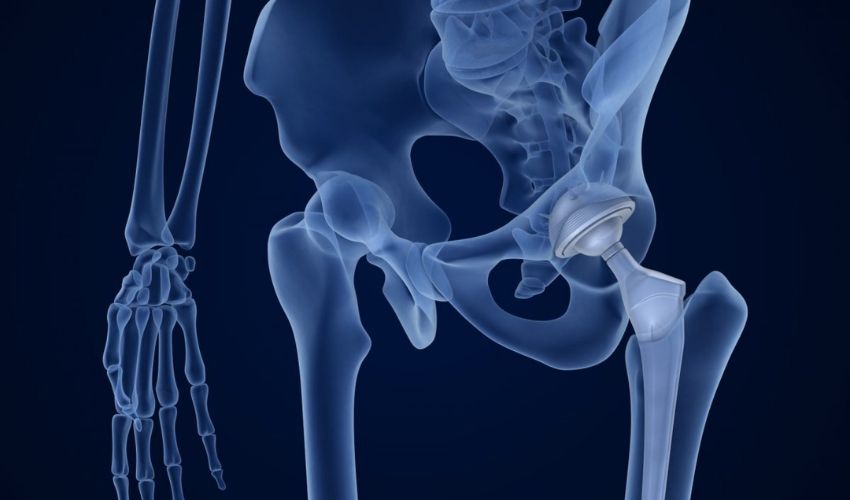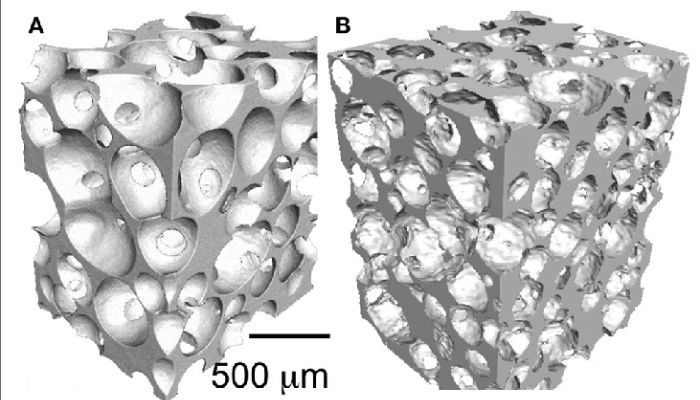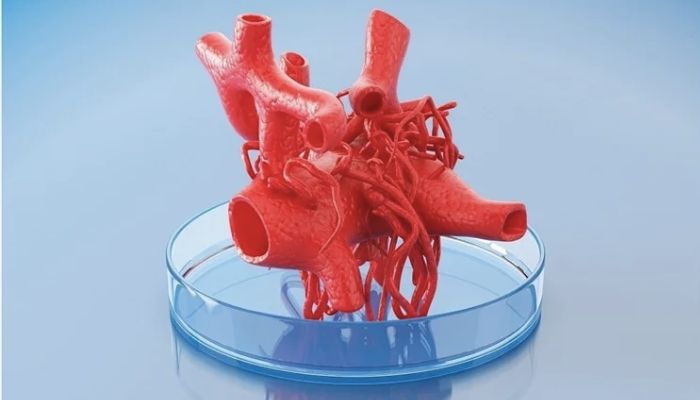3D Printed Antibacterial Scaffolds for Bone Regeneration

Bone surgery is a complicated and painful procedure. Surgeons take great care to avoid infection. Bone infections are very difficult to treat. They can often require lengthy hospital stays or surgery. Any product that aims to prevent bone infections can play an important role in healthcare and mortality prevention. Research from the University Complenza Madrid, led by Sandra Sánchez-Salcedo, Ana García, Adela González-Jiméneza, and María Vallet-Reghi, suggested that 3D printing could play an important role in bone tissue regeneration in the production of antibacterial scaffolding on which bones are grown.
Injections of scaffolding into the body are considered foreign materials, which can increase the risk for bacterial colonization in low-blood supply areas. The researchers created nanocomposites from mesoporous, bioactive glasses, that is, a nanoporous material with pores between 2 and 50 nanometers. These were then doped using metallic silver nanoparticles (AgNPs), which were homogeneously embedded in MBG matrices. Chemical doping is the intentional addition of impurities to a semiconductor to alter its properties.

Bioactive glass scaffolds (A), sol-gel foam, and (B), melt-derived gelcast foam. Photo credit to Jones and Hench (2013)
This study used the EnvisionTEC GmbH 3D Bioplotter™ bioprinter to prepare the 3D scaffolds using rapid prototyping (RP). Once printed, the scaffolds were each added into 12-well Transwell plates – a brand of well plates in which cells can be cultured. According to the study, the scaffolds acted as ‘temporary templates’ which allow complete cell colonization for bone regeneration.Researchers discovered that 3D scaffolds have antibacterial properties because of the release silver ions into their medium. This antibacterial property of silver ions could be used in healthcare and bone tissue regeneration to reduce the risk of infection.
Similar experiments in 3D bioprinting have included the Ugandan government’s rocket launch in November 2022 with a bioprinter on board; they aim to perform experiments on tissues in a zero-gravity environment. You can read the scientific paper HERE for more information on the process and results of the bone regeneration experiment.

Medical applications are common uses of 3D printing technology. (Photo credit to Iaremenko Sergii/ Shutterstock).
What do you think about this project for bone rehabilitation? Let us know in a comment below or on our Facebook and Twitter Pages if you found this listing helpful! Don’t forget to sign up for our free weekly Newsletter, with all the latest news in 3D printing delivered straight to your inbox!
*Cover photo credit: Shutterstock/Alex Mit